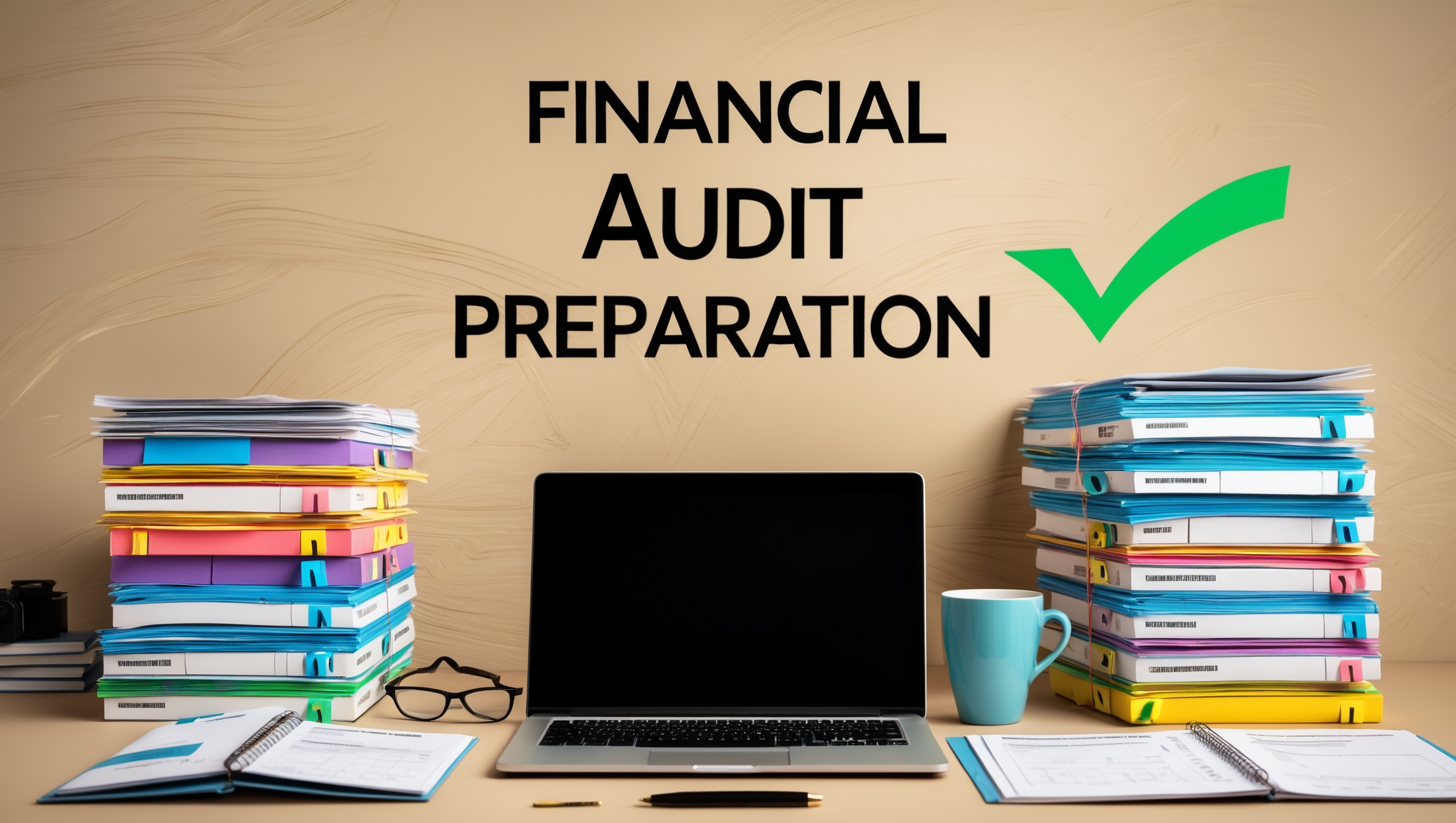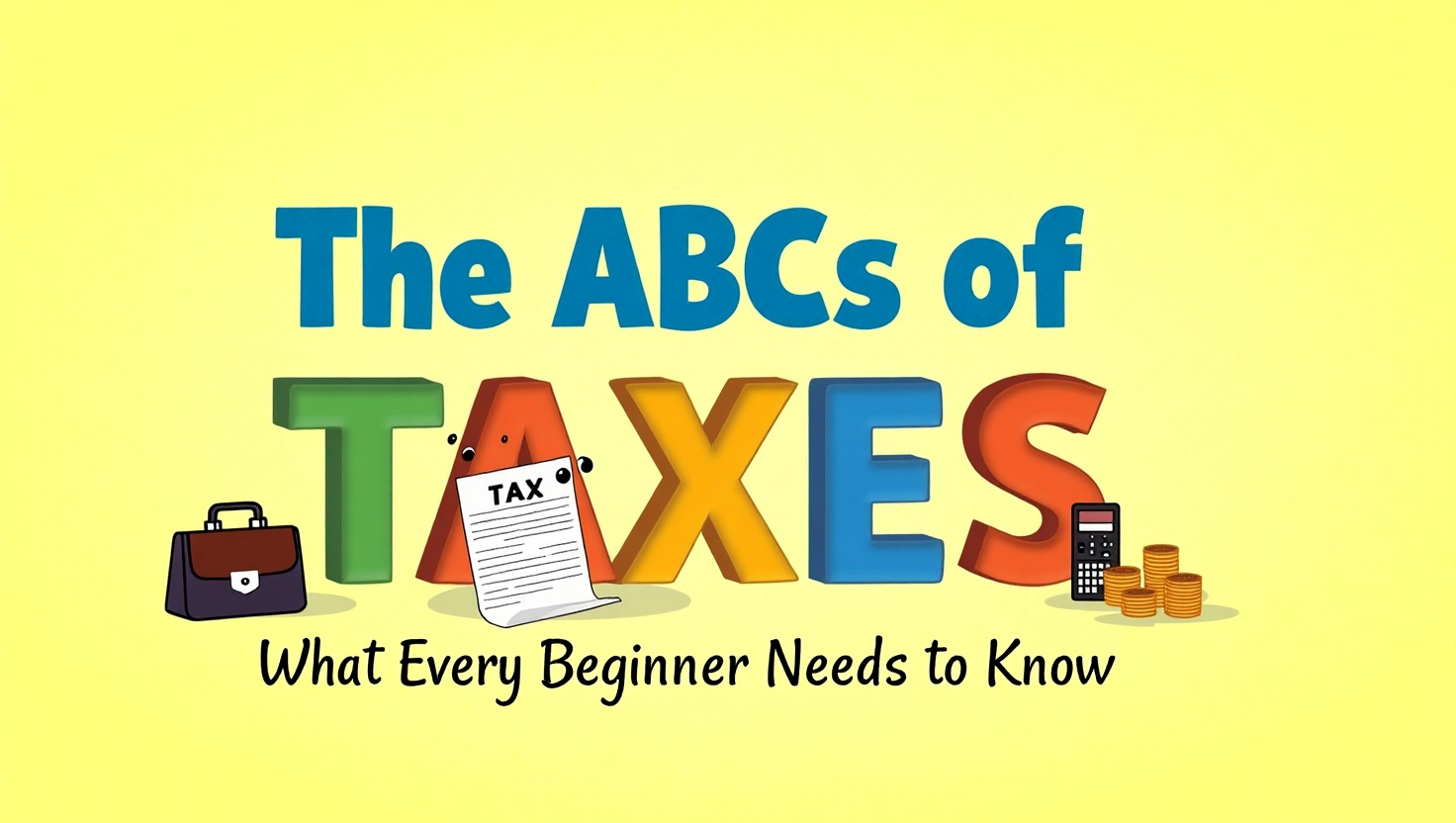Financial audits aren’t just for the wealthy—everyone should be prepared
When you hear the word “audit,” your mind may conjure up images of high-powered accountants scrutinizing the tax returns of billionaires. But in reality, financial audits can affect anyone, regardless of income level. While not everyone will face an audit, it’s important to know what to do in case the IRS or a state agency requests one.
An audit is essentially a thorough review of your financial records to ensure that your tax returns are accurate and that you’re complying with tax laws. It’s essential to stay organized and prepared, so if an audit ever comes knocking, you’re ready to face it confidently. Here’s how to prepare for a financial audit—even if you’re not rich.
1. Keep Detailed Records
The foundation of a smooth audit is solid recordkeeping. You don’t have to be a millionaire to understand the importance of having well-organized financial documents. In fact, it’s one of the best ways to protect yourself if the IRS decides to take a closer look at your returns.
Here’s what you should keep track of:
- Income records: This includes W-2s, 1099s, and other forms that reflect your earnings.
- Expense receipts: If you’re self-employed or have significant business expenses, keep receipts and documentation for everything you deduct. This includes office supplies, business meals, and home office expenses.
- Bank statements: Save your bank and credit card statements for at least three years. These can help prove expenses and income when needed.
- Tax documents: Retain all relevant tax forms and supporting documents, such as mortgage interest statements, charitable donations, or investment income.
The IRS generally has a three-year statute of limitations to audit your returns (five years in some cases), so it’s a good idea to keep records for at least this long, or longer if you’re worried about specific deductions or claims.
2. Double-Check Your Tax Returns
Mistakes on tax returns can lead to red flags for the IRS, so it’s crucial to double-check your submissions before filing. Even a minor error—like entering an incorrect Social Security number or misreporting income—can trigger an audit.
Here’s how to minimize errors:
- File accurately: Make sure all numbers match up, including your income, deductions, and credits.
- Use tax software or a professional: If you’re unsure about any aspect of your tax return, use reputable tax software or consult with a professional. An expert can help you avoid common pitfalls and ensure you don’t miss out on important deductions.
- Report all income: The IRS gets copies of your 1099s and W-2s, so failing to report any income can trigger an audit. Report all of your earnings, whether from full-time work, freelance gigs, or side businesses.
3. Be Aware of Red Flags
Certain deductions or inconsistencies can raise flags with the IRS, even if they are legitimate. Understanding these red flags can help you avoid unnecessary scrutiny.
Common audit triggers include:
- Large, unexplained deductions: Claiming unusually high deductions (such as for business expenses, travel, or charitable donations) compared to your income can attract attention. Be ready to prove these deductions with clear documentation.
- Claiming home office deductions: While home office deductions are legitimate for many self-employed individuals, they are also a common trigger for audits. Ensure your workspace meets IRS criteria and that you’re claiming only the expenses related to your home office.
- Unreported income: If you receive freelance income or side gig earnings that aren’t automatically reported to the IRS, you must include it in your tax return. Failure to report any income can be a significant red flag.
- Too many deductions for your income: Claiming large deductions that leave you with a low income relative to your expenses (like a high business expense relative to earnings) may prompt the IRS to investigate.
4. Respond Promptly and Honestly if You’re Audited
If you’re selected for an audit, don’t panic. The IRS doesn’t assume you’ve committed fraud—they simply want to verify that the numbers on your tax return are correct.
What to do if you’re audited:
- Don’t ignore the notice: If you receive an audit notice, respond promptly. Ignoring the request could lead to penalties or further legal action.
- Stay organized: Gather all the records and documents the IRS requests. Provide only the information they need—nothing more. You don’t want to provide unnecessary details that could inadvertently open the door for more questions.
- Be honest and cooperative: If the IRS finds a mistake, admit it. If you’ve missed something or need to correct an error, be upfront and work with them to resolve the issue. Cooperation is key.
If you’re uncertain about any part of the audit process, it might be helpful to work with a tax professional. They can help guide you through the audit and provide expert advice.
5. Protect Your Privacy and Security
While preparing for an audit, it’s important to be cautious with your personal information. In today’s world, identity theft and fraud are serious concerns, especially when dealing with sensitive financial data.
Here’s how to protect your privacy:
- Secure your records: Keep your financial documents in a secure place, whether that’s a locked file cabinet or a protected digital storage solution.
- Be wary of phishing scams: The IRS will never ask for sensitive information, such as your bank account or Social Security number, via email or phone. Be cautious of emails, texts, or phone calls claiming to be from the IRS.
6. Know Your Rights
Finally, it’s important to understand your rights as a taxpayer during an audit. The IRS must follow specific rules, and you have the right to:
- Request a meeting with an auditor in person or by phone.
- Ask for more time to provide requested documentation.
- Appeal the results if you disagree with the audit findings.
If you’re unsure about anything during the audit, you have the right to consult with a tax professional or attorney who can help protect your interests.
Final Thoughts: Be Prepared, Not Alarmed
Financial audits might sound intimidating, but with preparation, you can face them with confidence. Whether you’re self-employed, a small business owner, or a salaried worker, keeping organized records, filing accurately, and staying on top of your finances can help ensure that you don’t have anything to fear.
While audits aren’t common, being prepared can save you time, money, and stress if the need arises. The key is staying organized, being honest, and knowing your rights so you can handle an audit if it happens.














